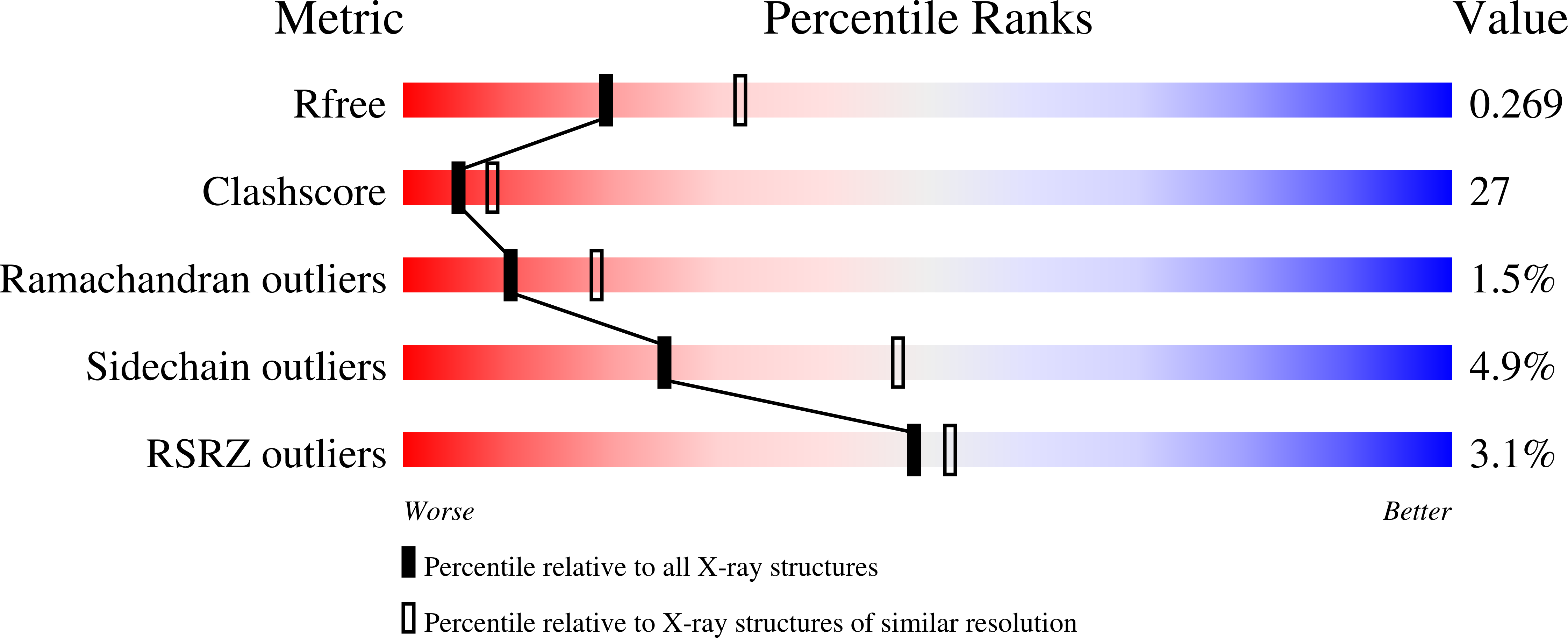
Deposition Date
2006-07-20
Release Date
2007-03-13
Last Version Date
2024-11-20
Entry Detail
PDB ID:
2HRE
Keywords:
Title:
Structure of human ferrochelatase variant E343K with protoporphyrin IX bound
Biological Source:
Source Organism:
Homo sapiens (Taxon ID: 9606)
Host Organism:
Method Details:
Experimental Method:
Resolution:
2.50 Å
R-Value Free:
0.27
R-Value Work:
0.21
R-Value Observed:
0.21
Space Group:
P 1


